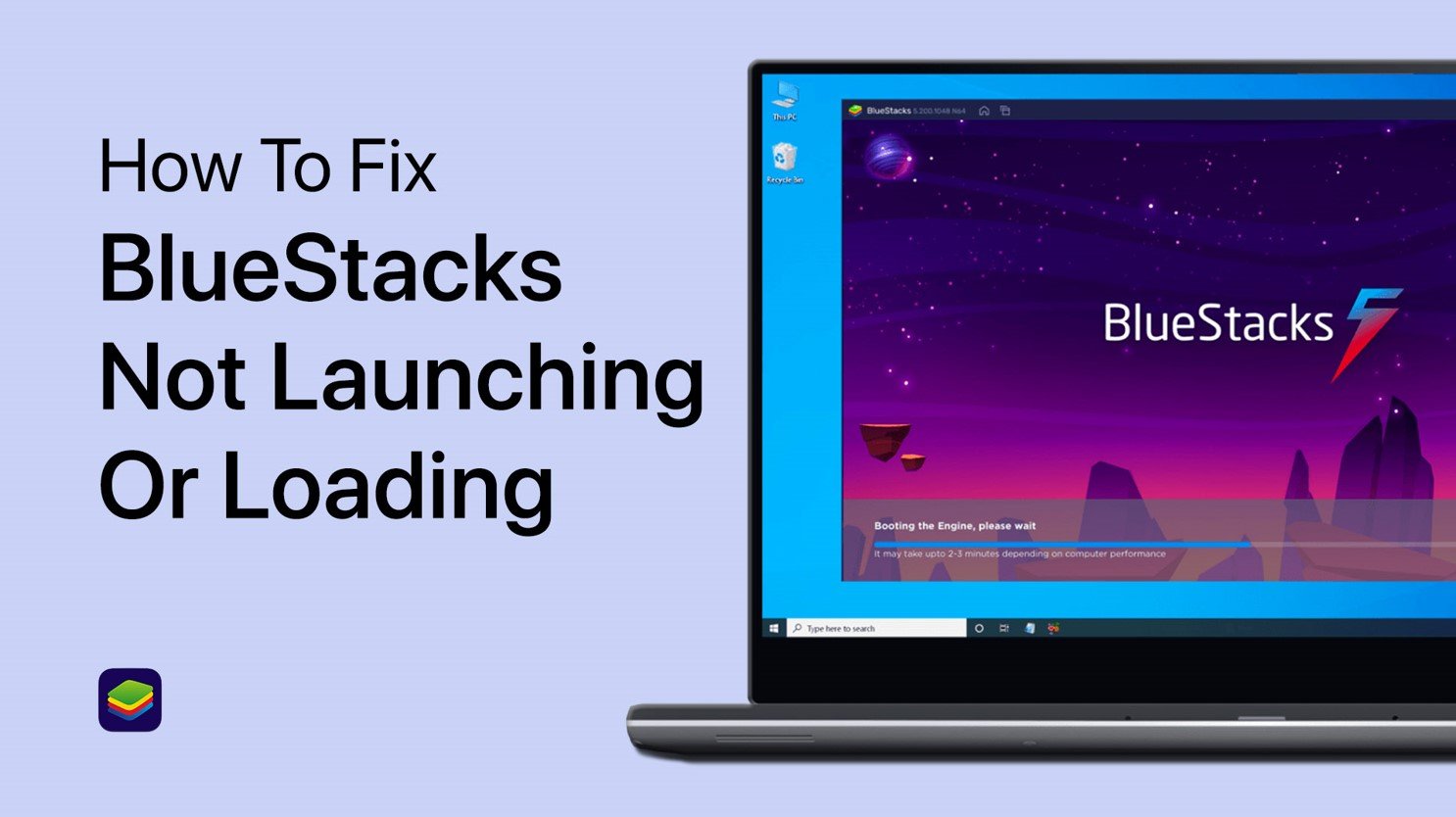Windows 10 - How To Fix Error: "USB Device Not Recognized"
Encountering the "USB Device Not Recognized" error on Windows 10 can be a frustrating experience, especially when you need to transfer crucial files or connect essential peripherals. This article aims to guide you through various troubleshooting methods that will help you resolve this pesky error, ensuring that your USB devices are recognized and functional. We will delve into several solutions, ranging from simple steps like reconnecting the device to more advanced techniques that involve updating drivers and modifying system settings. By following these comprehensive instructions, you can restore your USB devices' connectivity and functionality in no time, allowing you to focus on more critical tasks without worrying about technical hiccups. So, let's dive into Windows 10 and explore how to fix the "USB Device Not Recognized" error.
Disconnect All USB Devices
Before attempting any troubleshooting steps, it's essential to ensure that all USB devices are disconnected from your computer. Power down your system entirely, and disconnect it from the power supply to eliminate any residual power. Carefully remove all USB devices connected to your PC, such as flash drives, external hard drives, printers, or other peripherals. This process helps to reset any potential issues that may have occurred due to faulty connections or interference from multiple devices. Once you have disconnected all USB devices, restart your computer and begin connecting them individually, checking for functionality and recognition. This step-by-step approach can often resolve the "USB Device Not Recognized" error and restore seamless connectivity for your USB devices on Windows 10.
Update USB Driver for Enhanced Compatibility
To address the "USB Device Not Recognized" error, updating your USB driver can prove to be an effective solution. Begin by searching for and opening the Device Manager on your Windows 10 system. Within the Device Manager window, locate and expand the Universal Serial Bus controllers section to reveal a list of connected USB devices.
Keep an eye out for any USB devices displaying an alert symbol, which typically indicates a driver-related issue. Right-click on the problematic device and navigate to its Properties. Within the Properties window, select the Driver tab to access relevant driver options. From there, choose to Update Driver in order to initiate an automatic search for the most recent driver software available.
By updating the USB driver, you'll ensure optimal compatibility and functionality between your USB devices and Windows 10 operating system, potentially resolving the "USB Device Not Recognized" error and enhancing your overall user experience.
Device Manager > Universal Serial Bus controllers > Update Driver
Adjust Windows Power Plan for Optimal USB Performance
Consider modifying your Windows power plan settings to enhance your USB device's compatibility and resolve any errors. To access these settings, search for Edit Plan Settings in your taskbar search bar and open the Windows power management window that appears.
Click on Change advanced power settings from there to access a comprehensive list of customizable settings. In the new window, locate and expand the USB settings section, which contains options for your USB devices' power management.
Find the USB Selective Suspend Setting and disable it. This change will prevent your Windows operating system from suspending your USB devices' power supply, ensuring consistent connectivity and reducing the likelihood of encountering the "USB Device Not Recognized" error.
Adjusting your Windows power plan settings allows you to optimize USB device performance and create a more seamless experience when using your USB peripherals with your Windows 10 system.
Power Options > Edit Plan Sttings > Advanced Settings > USB selective suspend settings
Inspect USB Device and Port for Issues
It's essential to consider that the "USB Device Not Recognized" error may stem from a faulty USB device or a damaged USB port on your system. To rule out any hardware-related issues, try switching your devices to different USB ports on your computer. Doing so will help determine whether the problem is with the device itself or its connected port.
Additionally, be aware that USB 3.0 devices might not be compatible with USB 2.0 ports. For instance, due to different power requirements and transfer speeds, a USB 3.0 external hard drive may not function correctly when plugged into a USB 2.0 port. In such cases, make sure you're connecting your USB 3.0 device to a USB 3.0 port, which it’s blue color can usually identify.
By examining both the USB devices and ports, you can effectively identify and address any hardware-related issues that might be causing the error, ensuring a smoother and more reliable experience with your USB peripherals on your Windows 10 system.














